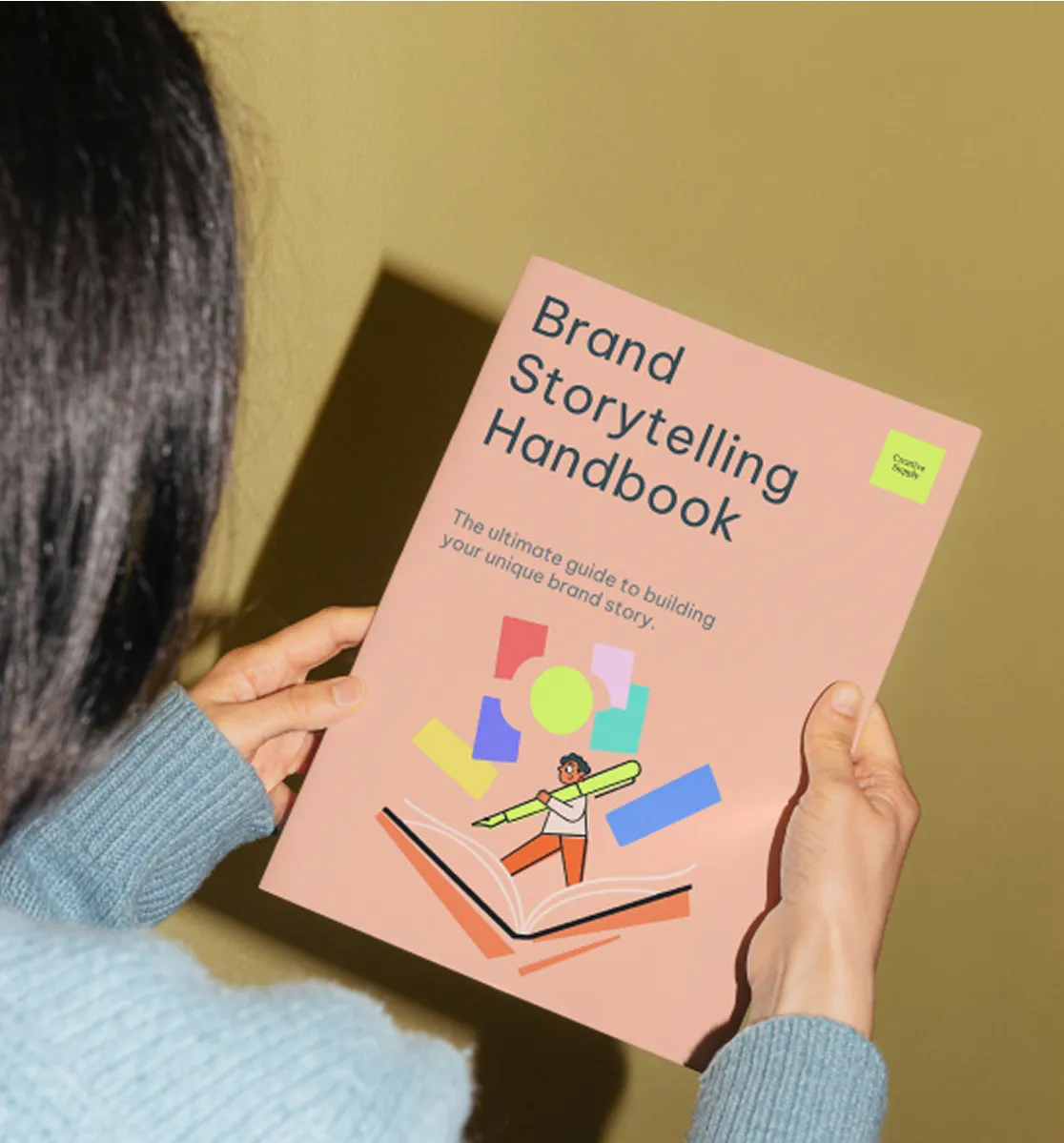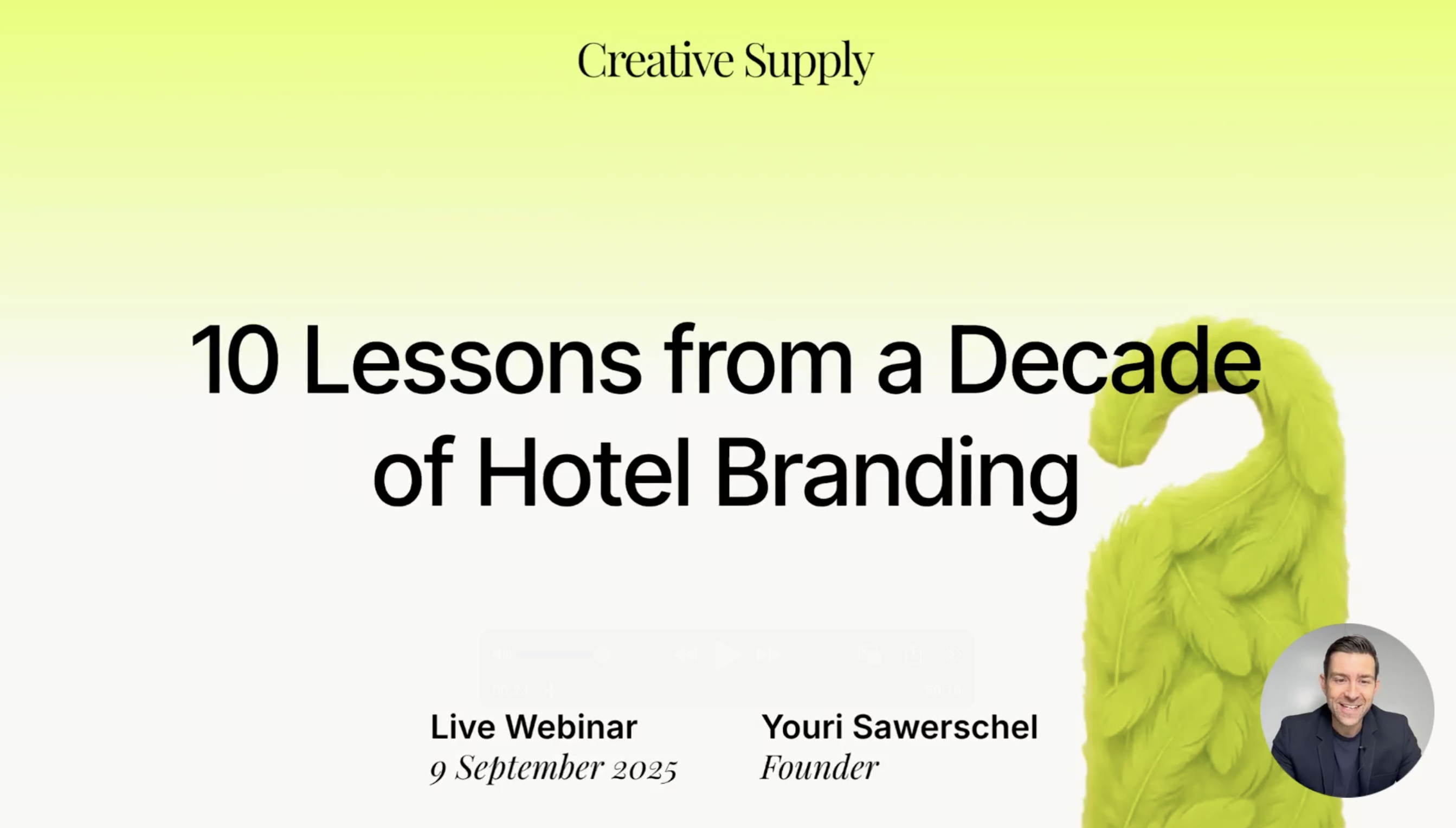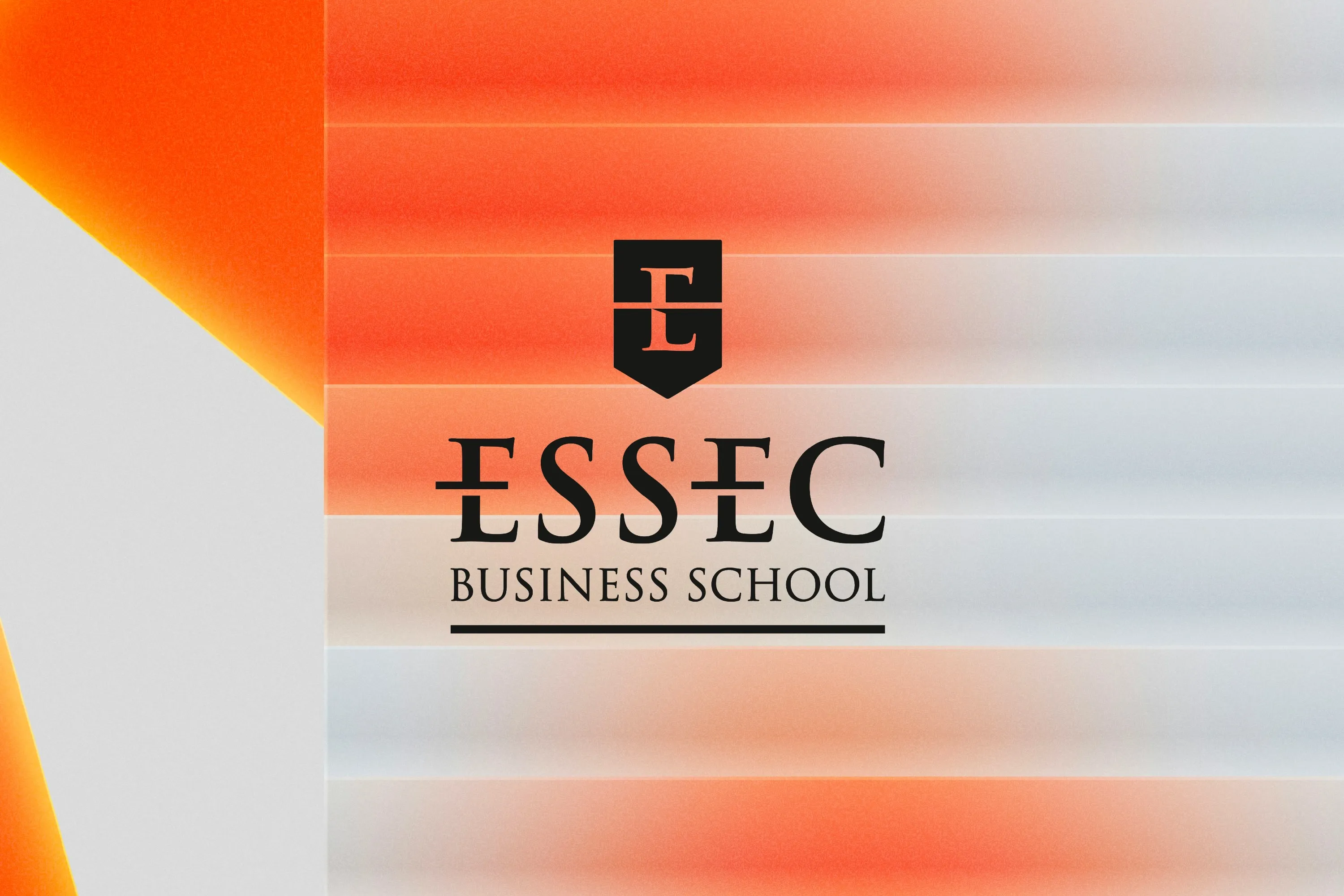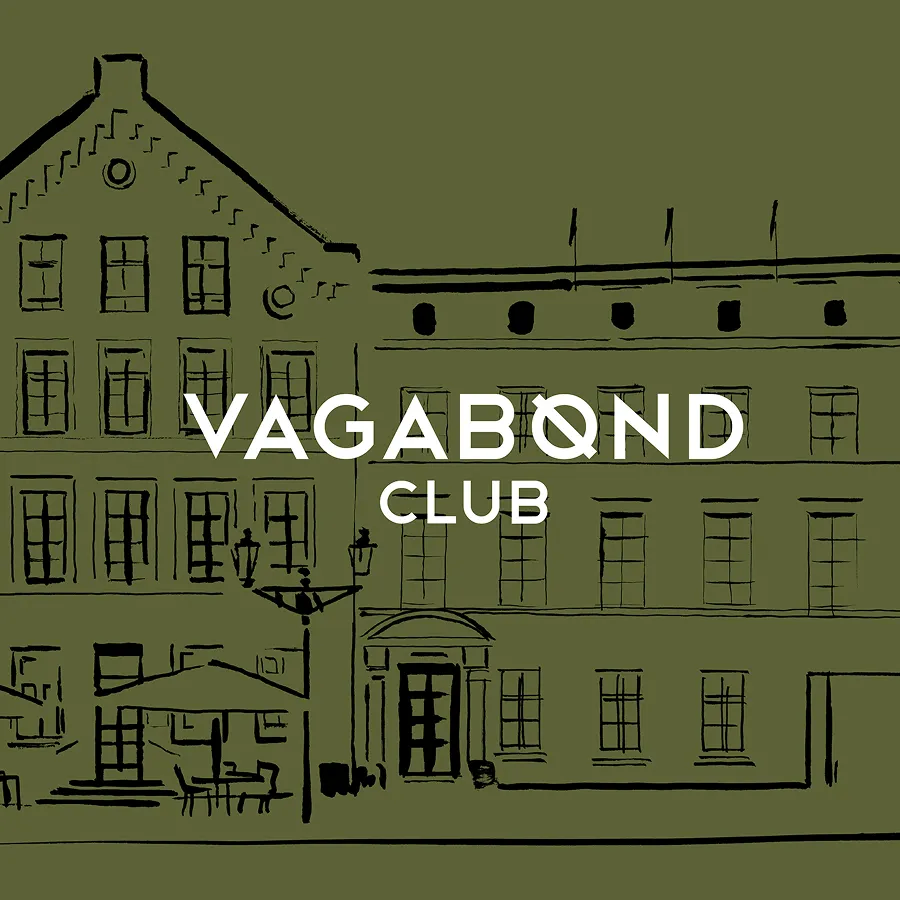A Smartphone Sold by Ford? No Thanks!
Some brands endure and grow across markets for decades, while others fade. The answer lies in smart brand anchoring.

Irrational Judgement
Picture this: Apple announces its entry into the automotive market with an electric car. The news would spark curiosity, headlines and heated speculation — what will it look like, what technology will it feature, how much will it cost?
Now imagine Ford launching a cutting-edge smartphone. Would you be impressed, or even interested? Probably not. You might even question Ford’s credibility in making a phone. And yet, from a purely technical standpoint, Ford could be just as capable of launching a smartphone as Apple is of building a car. But our instinctive reaction says otherwise: "They’re a car brand, not a phone brand!"
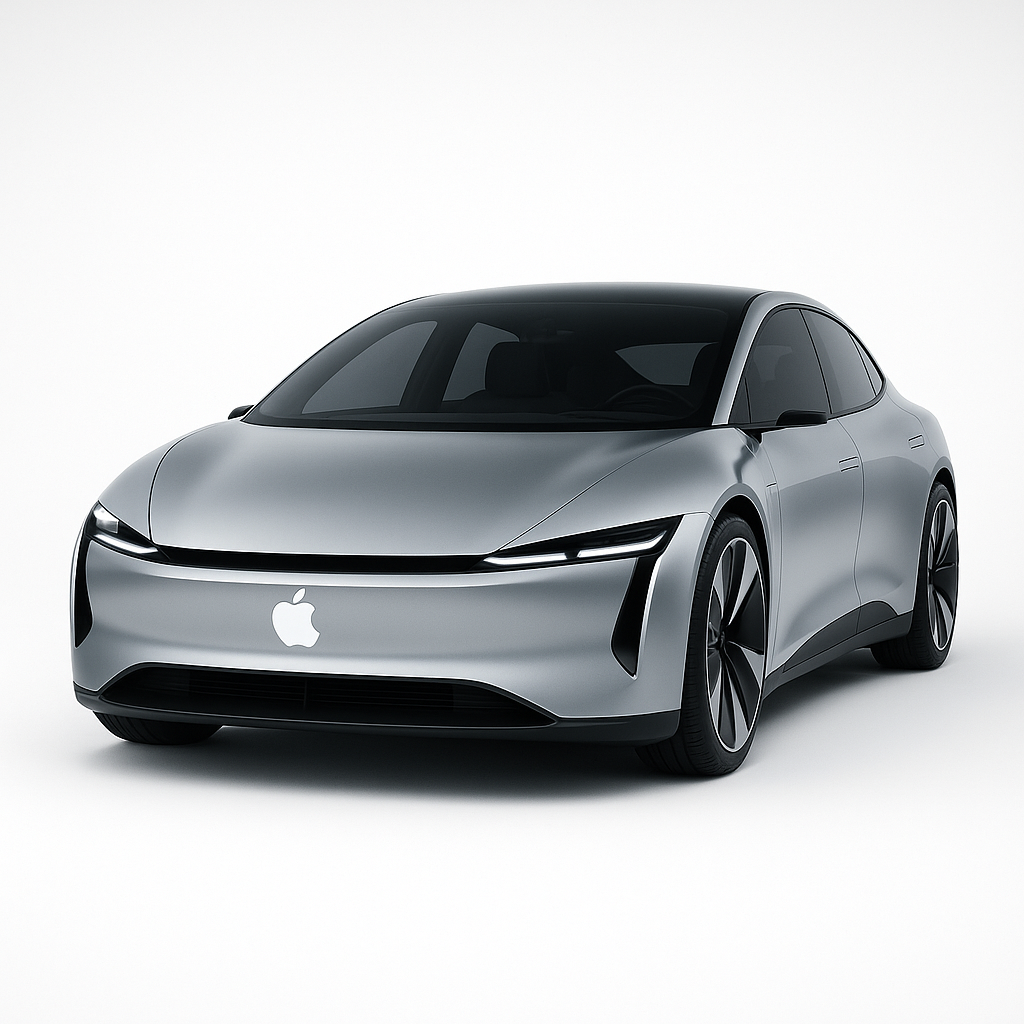
Understanding Brand Anchoring
This reaction is rooted in a powerful principle of brand strategy: brand anchoring. This refers to a brand’s perceived zone of competence and credibility — with emphasis on perceived. In branding, perception often matters more than reality.
If you imagine a brand as a boat tethered by an anchor, the area it can move within represents its perceived scope of credibility. Ford, anchored as an "American car manufacturer", would be straying far outside this zone if it marketed smartphones. Breaking away from an anchor can quickly erode trust and diminish customer interest.
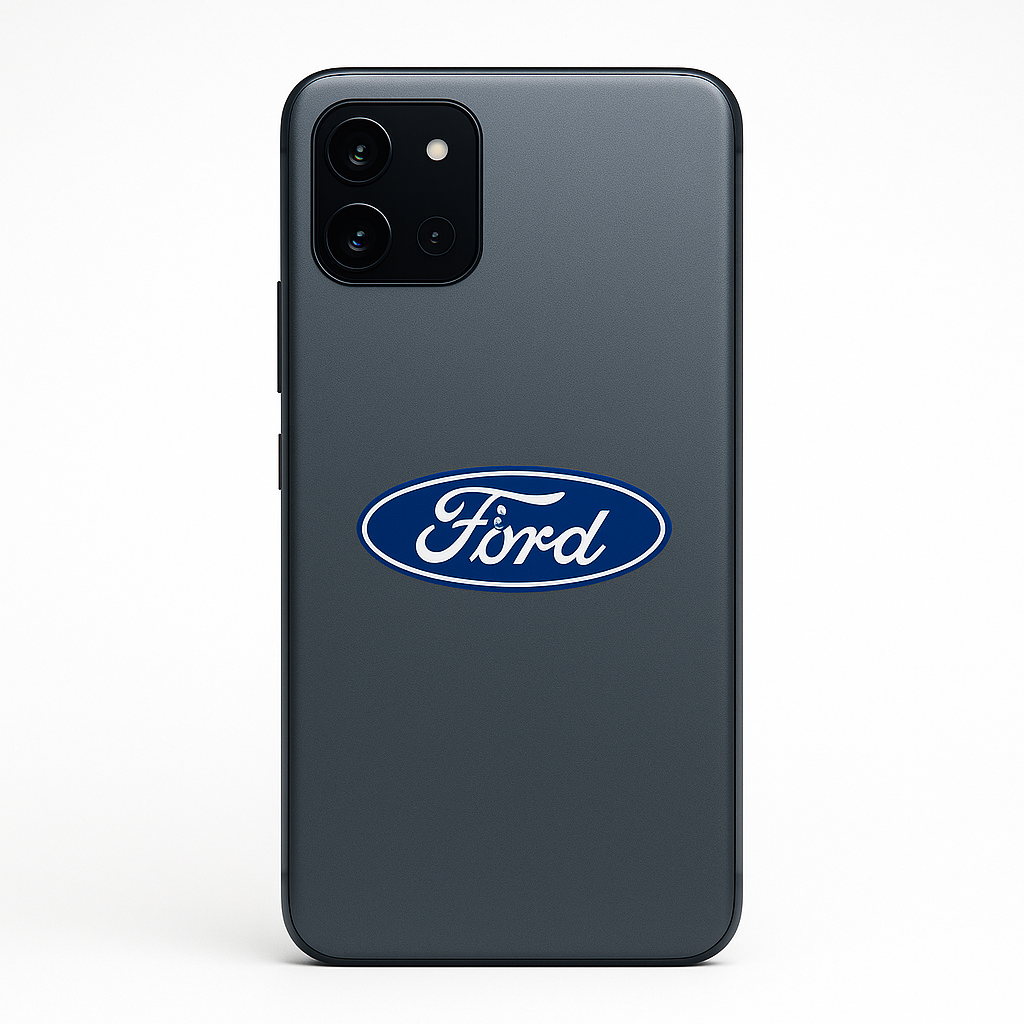
Failures and Successes
History is littered with examples of brands overstepping their anchor — with predictable results. Cosmopolitan yoghurt. Volkswagen’s attempt to enter the luxury sedan market with the VW Phaeton. Harley-Davidson perfume. All flops.
By contrast, some brands grow successfully by respecting their anchor. In the 1980s, Toyota, anchored as "a Japanese car brand offering excellent value", created Lexus to move into the US luxury market. Much the same story is true for Nissan with their launch of the Infinity brand. Nestlé knew Nescafé’s everyday coffee image would clash with its premium capsule system, so Nespresso brand was born.

Brand Growth and Development
The principles of brand anchoring apply equally to growing SMEs and established multinationals. Before entering a new market, leaders must assess their brand’s perceived position and develop a brand strategy accordingly. Typically, there are four approaches:
- Brand extension
- Brand repositioning
- Flanker branding
- Acquiring and creating a new brand.

1. Brand Extension
Brand extension uses an existing brand name to launch a product in a new category, relying on the transfer of the original brand’s anchoring.
For instance, Uber built on its anchoring of “on-demand convenience and speed” to create Uber Eats, applying the same promise to food delivery, offering meals as effortlessly as rides.
In the same vein, Nivea successfully expanded into the male grooming market with Nivea Men, leveraging its anchoring in “gentle, reliable skin care trusted for generations”. Consumers instantly recognised the same credibility of its aftershaves, face creams and deodorants tailored for men. A local barbershop chain doing the same, however, would likely be seen as selling promotional merchandise rather than a credible product line.

2. Brand Repositioning
Brand repositioning shifts a brand’s anchoring to build new associations — what some might call "a change of image". For established brands, it is often a long and resource-heavy process.
Audi’s repositioning from a mid-tier manufacturer to a luxury car brand took years and involved operational improvements alongside marketing.
Sometimes, the shift is faster. Within four years, the EPFL EMBA evolved from "a technical master’s for engineers" to "an innovative MBA for the age of digital transformation", boosting applications by nearly 50%.

3. Flanker Branding
To extend their market presence, companies sometimes introduce new complementary brands to sell similar products to a different group of consumers.
Take Migros, who launched Migros Budget to attract a most price-conscious clientele. Depending on the intended goal, the name of the main brand (and its anchoring) can be used to bring added value, like with Migros Budget (Migros assures quality) and Emporio Armani that profits from the Italian luxury anchoring of Giorgio Armani’s original brand.
In other cases, the original brand vanishes, giving way to the newly created name.
The multinational hotel giant Marriott owns over 30 hotel brands, which are intended to appeal to different clienteles. Some of these brands make no reference whatsoever to the Marriott name. These include Ritz Carlton, Bulgari Hotels, Moxy and Aloft — avoiding the limitations of Marriott’s brand anchoring as a "mid-market hotel group".
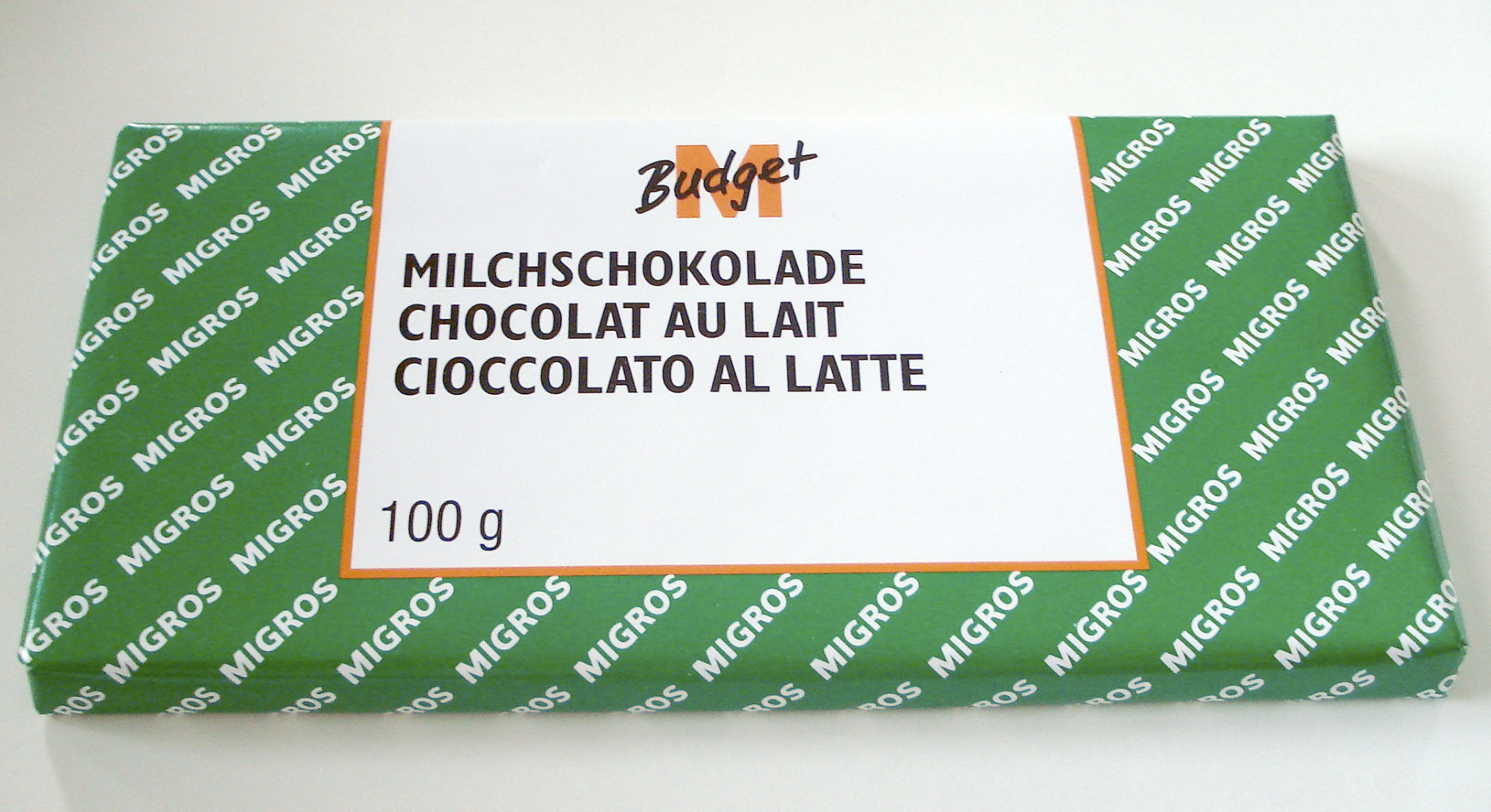
4. Acquiring and Creating a Brand
In some cases, the cleanest route into a new market is to build or buy a separate brand.
PostFinance launched Twint, a mobile payment app positioned as an innovative product for all users, not just PostFinance customers.
Acquisitions can achieve the same effect. Luxottica, the world’s largest eyewear company, manufactures under licence for Chanel, Prada and Ferragamo, among others. By acquiring Sunglass Hut, Luxottica gained a widely recognised retail brand that strengthened its distribution without diluting its own identity.
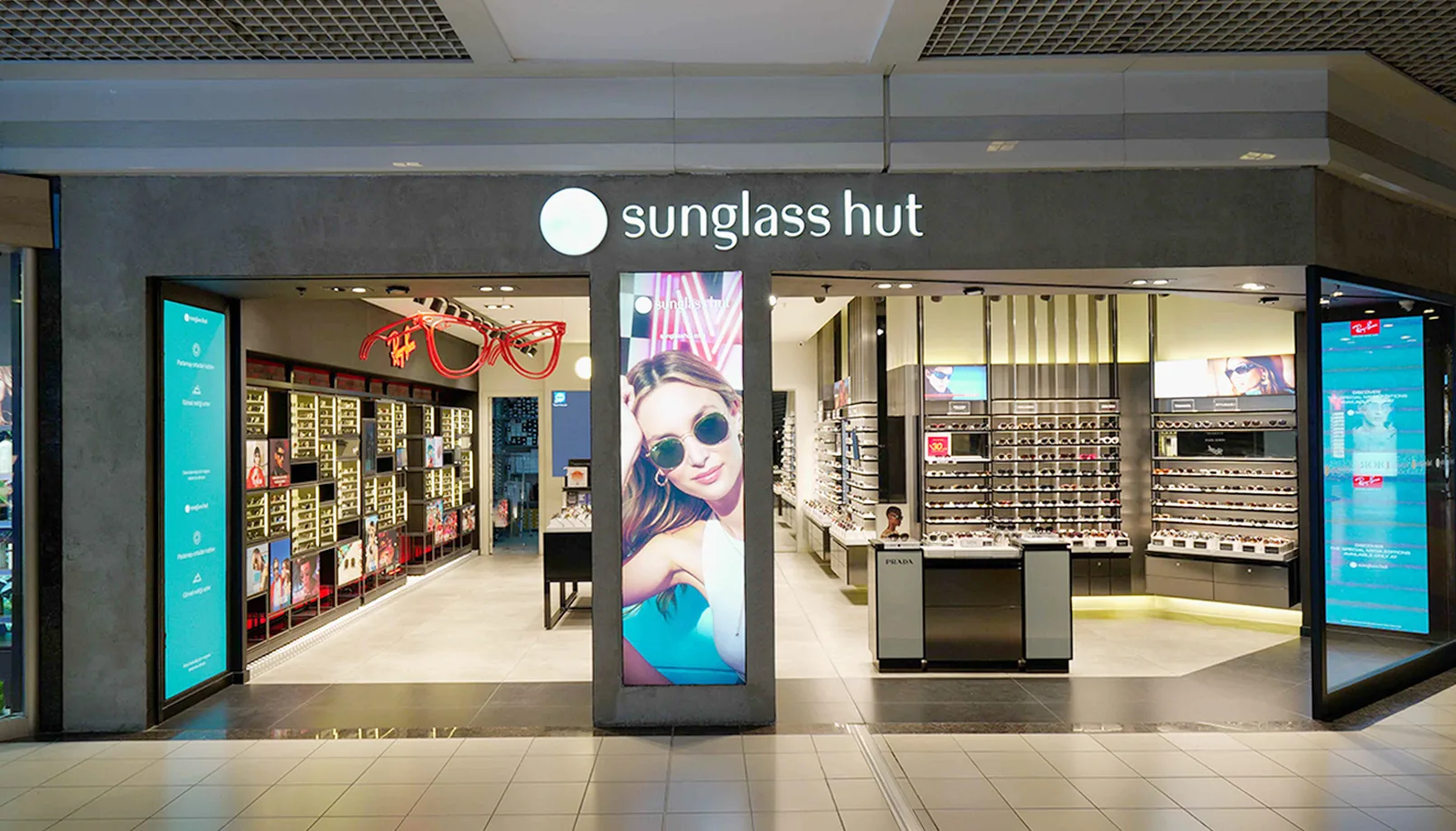
Staying Anchored to Grow
Creating a new brand can be exciting, but it’s also expensive and high risk. Expanding too far beyond your anchor can damage credibility — as Amazon learned with the short-lived Fire Phone.
In branding, a single wrong turn can mean the difference between steady growth and drifting aimlessly. That's why the brands that succeed are those that know exactly where they are anchored, how far they can stretch, and when to create something entirely new.
How Strong Is Your Brand’s Anchor in Your Market?
At Creative Supply, we help companies across industries sharpen their market position with brand strategy, positioning and storytelling that drive credible, relevant and purposeful growth.
👉 Contact us to discuss how we can take your brand to the next level.
A Smartphone Sold by Ford? No Thanks!

Irrational Judgement
Picture this: Apple announces its entry into the automotive market with an electric car. The news would spark curiosity, headlines and heated speculation — what will it look like, what technology will it feature, how much will it cost?
Now imagine Ford launching a cutting-edge smartphone. Would you be impressed, or even interested? Probably not. You might even question Ford’s credibility in making a phone. And yet, from a purely technical standpoint, Ford could be just as capable of launching a smartphone as Apple is of building a car. But our instinctive reaction says otherwise: "They’re a car brand, not a phone brand!"

Understanding Brand Anchoring
This reaction is rooted in a powerful principle of brand strategy: brand anchoring. This refers to a brand’s perceived zone of competence and credibility — with emphasis on perceived. In branding, perception often matters more than reality.
If you imagine a brand as a boat tethered by an anchor, the area it can move within represents its perceived scope of credibility. Ford, anchored as an "American car manufacturer", would be straying far outside this zone if it marketed smartphones. Breaking away from an anchor can quickly erode trust and diminish customer interest.

Failures and Successes
History is littered with examples of brands overstepping their anchor — with predictable results. Cosmopolitan yoghurt. Volkswagen’s attempt to enter the luxury sedan market with the VW Phaeton. Harley-Davidson perfume. All flops.
By contrast, some brands grow successfully by respecting their anchor. In the 1980s, Toyota, anchored as "a Japanese car brand offering excellent value", created Lexus to move into the US luxury market. Much the same story is true for Nissan with their launch of the Infinity brand. Nestlé knew Nescafé’s everyday coffee image would clash with its premium capsule system, so Nespresso brand was born.

Brand Growth and Development
The principles of brand anchoring apply equally to growing SMEs and established multinationals. Before entering a new market, leaders must assess their brand’s perceived position and develop a brand strategy accordingly. Typically, there are four approaches:
- Brand extension
- Brand repositioning
- Flanker branding
- Acquiring and creating a new brand.

1. Brand Extension
Brand extension uses an existing brand name to launch a product in a new category, relying on the transfer of the original brand’s anchoring.
For instance, Uber built on its anchoring of “on-demand convenience and speed” to create Uber Eats, applying the same promise to food delivery, offering meals as effortlessly as rides.
In the same vein, Nivea successfully expanded into the male grooming market with Nivea Men, leveraging its anchoring in “gentle, reliable skin care trusted for generations”. Consumers instantly recognised the same credibility of its aftershaves, face creams and deodorants tailored for men. A local barbershop chain doing the same, however, would likely be seen as selling promotional merchandise rather than a credible product line.

2. Brand Repositioning
Brand repositioning shifts a brand’s anchoring to build new associations — what some might call "a change of image". For established brands, it is often a long and resource-heavy process.
Audi’s repositioning from a mid-tier manufacturer to a luxury car brand took years and involved operational improvements alongside marketing.
Sometimes, the shift is faster. Within four years, the EPFL EMBA evolved from "a technical master’s for engineers" to "an innovative MBA for the age of digital transformation", boosting applications by nearly 50%.

3. Flanker Branding
To extend their market presence, companies sometimes introduce new complementary brands to sell similar products to a different group of consumers.
Take Migros, who launched Migros Budget to attract a most price-conscious clientele. Depending on the intended goal, the name of the main brand (and its anchoring) can be used to bring added value, like with Migros Budget (Migros assures quality) and Emporio Armani that profits from the Italian luxury anchoring of Giorgio Armani’s original brand.
In other cases, the original brand vanishes, giving way to the newly created name.
The multinational hotel giant Marriott owns over 30 hotel brands, which are intended to appeal to different clienteles. Some of these brands make no reference whatsoever to the Marriott name. These include Ritz Carlton, Bulgari Hotels, Moxy and Aloft — avoiding the limitations of Marriott’s brand anchoring as a "mid-market hotel group".

4. Acquiring and Creating a Brand
In some cases, the cleanest route into a new market is to build or buy a separate brand.
PostFinance launched Twint, a mobile payment app positioned as an innovative product for all users, not just PostFinance customers.
Acquisitions can achieve the same effect. Luxottica, the world’s largest eyewear company, manufactures under licence for Chanel, Prada and Ferragamo, among others. By acquiring Sunglass Hut, Luxottica gained a widely recognised retail brand that strengthened its distribution without diluting its own identity.

Staying Anchored to Grow
Creating a new brand can be exciting, but it’s also expensive and high risk. Expanding too far beyond your anchor can damage credibility — as Amazon learned with the short-lived Fire Phone.
In branding, a single wrong turn can mean the difference between steady growth and drifting aimlessly. That's why the brands that succeed are those that know exactly where they are anchored, how far they can stretch, and when to create something entirely new.
How Strong Is Your Brand’s Anchor in Your Market?
At Creative Supply, we help companies across industries sharpen their market position with brand strategy, positioning and storytelling that drive credible, relevant and purposeful growth.
👉 Contact us to discuss how we can take your brand to the next level.


A Smartphone Sold by Ford? No Thanks!
Some brands endure and grow across markets for decades, while others fade. The answer lies in smart brand anchoring.
Irrational Judgement
Picture this: Apple announces its entry into the automotive market with an electric car. The news would spark curiosity, headlines and heated speculation — what will it look like, what technology will it feature, how much will it cost?
Now imagine Ford launching a cutting-edge smartphone. Would you be impressed, or even interested? Probably not. You might even question Ford’s credibility in making a phone. And yet, from a purely technical standpoint, Ford could be just as capable of launching a smartphone as Apple is of building a car. But our instinctive reaction says otherwise: "They’re a car brand, not a phone brand!"

Understanding Brand Anchoring
This reaction is rooted in a powerful principle of brand strategy: brand anchoring. This refers to a brand’s perceived zone of competence and credibility — with emphasis on perceived. In branding, perception often matters more than reality.
If you imagine a brand as a boat tethered by an anchor, the area it can move within represents its perceived scope of credibility. Ford, anchored as an "American car manufacturer", would be straying far outside this zone if it marketed smartphones. Breaking away from an anchor can quickly erode trust and diminish customer interest.

Failures and Successes
History is littered with examples of brands overstepping their anchor — with predictable results. Cosmopolitan yoghurt. Volkswagen’s attempt to enter the luxury sedan market with the VW Phaeton. Harley-Davidson perfume. All flops.
By contrast, some brands grow successfully by respecting their anchor. In the 1980s, Toyota, anchored as "a Japanese car brand offering excellent value", created Lexus to move into the US luxury market. Much the same story is true for Nissan with their launch of the Infinity brand. Nestlé knew Nescafé’s everyday coffee image would clash with its premium capsule system, so Nespresso brand was born.

Brand Growth and Development
The principles of brand anchoring apply equally to growing SMEs and established multinationals. Before entering a new market, leaders must assess their brand’s perceived position and develop a brand strategy accordingly. Typically, there are four approaches:
- Brand extension
- Brand repositioning
- Flanker branding
- Acquiring and creating a new brand.

1. Brand Extension
Brand extension uses an existing brand name to launch a product in a new category, relying on the transfer of the original brand’s anchoring.
For instance, Uber built on its anchoring of “on-demand convenience and speed” to create Uber Eats, applying the same promise to food delivery, offering meals as effortlessly as rides.
In the same vein, Nivea successfully expanded into the male grooming market with Nivea Men, leveraging its anchoring in “gentle, reliable skin care trusted for generations”. Consumers instantly recognised the same credibility of its aftershaves, face creams and deodorants tailored for men. A local barbershop chain doing the same, however, would likely be seen as selling promotional merchandise rather than a credible product line.

2. Brand Repositioning
Brand repositioning shifts a brand’s anchoring to build new associations — what some might call "a change of image". For established brands, it is often a long and resource-heavy process.
Audi’s repositioning from a mid-tier manufacturer to a luxury car brand took years and involved operational improvements alongside marketing.
Sometimes, the shift is faster. Within four years, the EPFL EMBA evolved from "a technical master’s for engineers" to "an innovative MBA for the age of digital transformation", boosting applications by nearly 50%.

3. Flanker Branding
To extend their market presence, companies sometimes introduce new complementary brands to sell similar products to a different group of consumers.
Take Migros, who launched Migros Budget to attract a most price-conscious clientele. Depending on the intended goal, the name of the main brand (and its anchoring) can be used to bring added value, like with Migros Budget (Migros assures quality) and Emporio Armani that profits from the Italian luxury anchoring of Giorgio Armani’s original brand.
In other cases, the original brand vanishes, giving way to the newly created name.
The multinational hotel giant Marriott owns over 30 hotel brands, which are intended to appeal to different clienteles. Some of these brands make no reference whatsoever to the Marriott name. These include Ritz Carlton, Bulgari Hotels, Moxy and Aloft — avoiding the limitations of Marriott’s brand anchoring as a "mid-market hotel group".

4. Acquiring and Creating a Brand
In some cases, the cleanest route into a new market is to build or buy a separate brand.
PostFinance launched Twint, a mobile payment app positioned as an innovative product for all users, not just PostFinance customers.
Acquisitions can achieve the same effect. Luxottica, the world’s largest eyewear company, manufactures under licence for Chanel, Prada and Ferragamo, among others. By acquiring Sunglass Hut, Luxottica gained a widely recognised retail brand that strengthened its distribution without diluting its own identity.

Staying Anchored to Grow
Creating a new brand can be exciting, but it’s also expensive and high risk. Expanding too far beyond your anchor can damage credibility — as Amazon learned with the short-lived Fire Phone.
In branding, a single wrong turn can mean the difference between steady growth and drifting aimlessly. That's why the brands that succeed are those that know exactly where they are anchored, how far they can stretch, and when to create something entirely new.
How Strong Is Your Brand’s Anchor in Your Market?
At Creative Supply, we help companies across industries sharpen their market position with brand strategy, positioning and storytelling that drive credible, relevant and purposeful growth.
👉 Contact us to discuss how we can take your brand to the next level.
